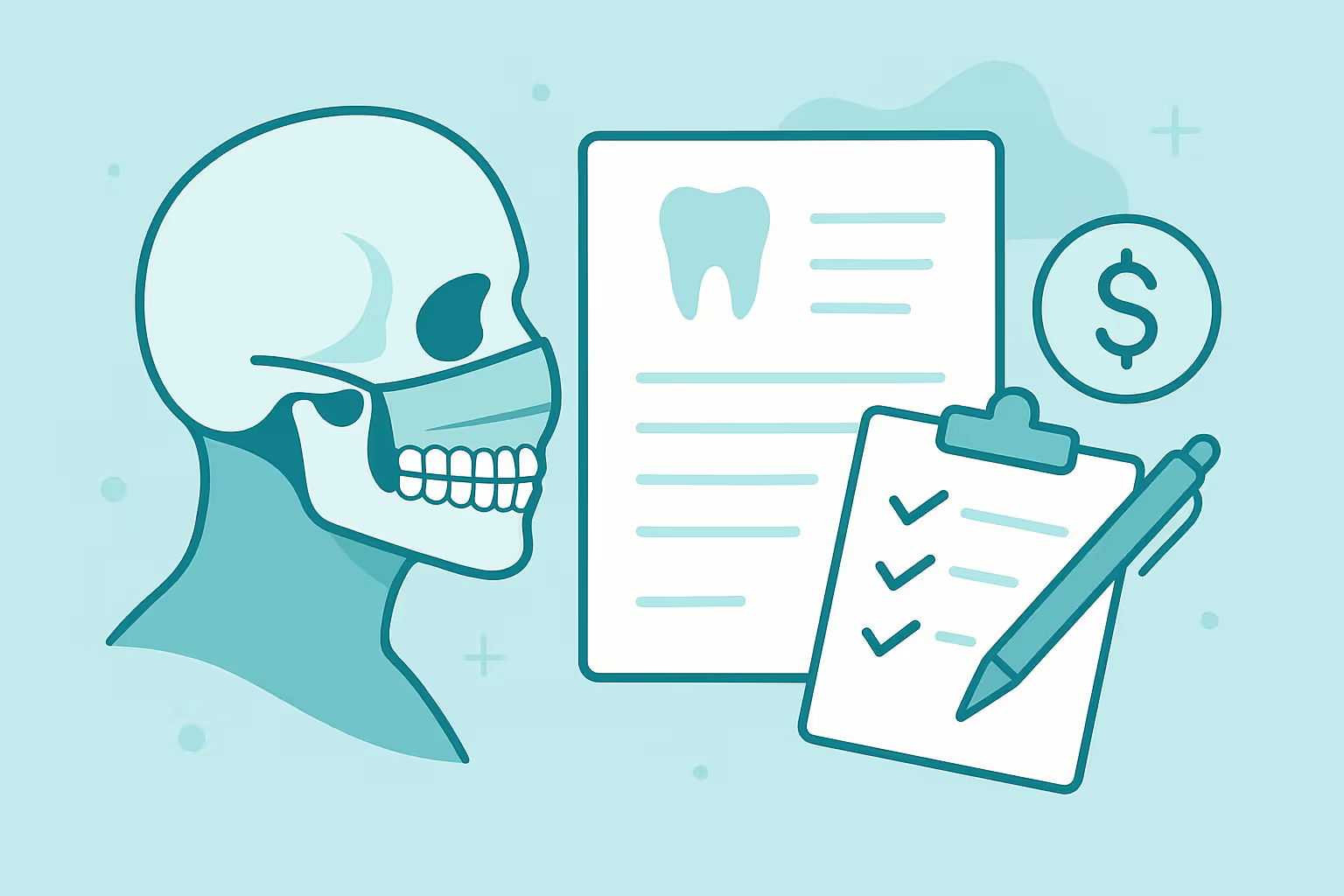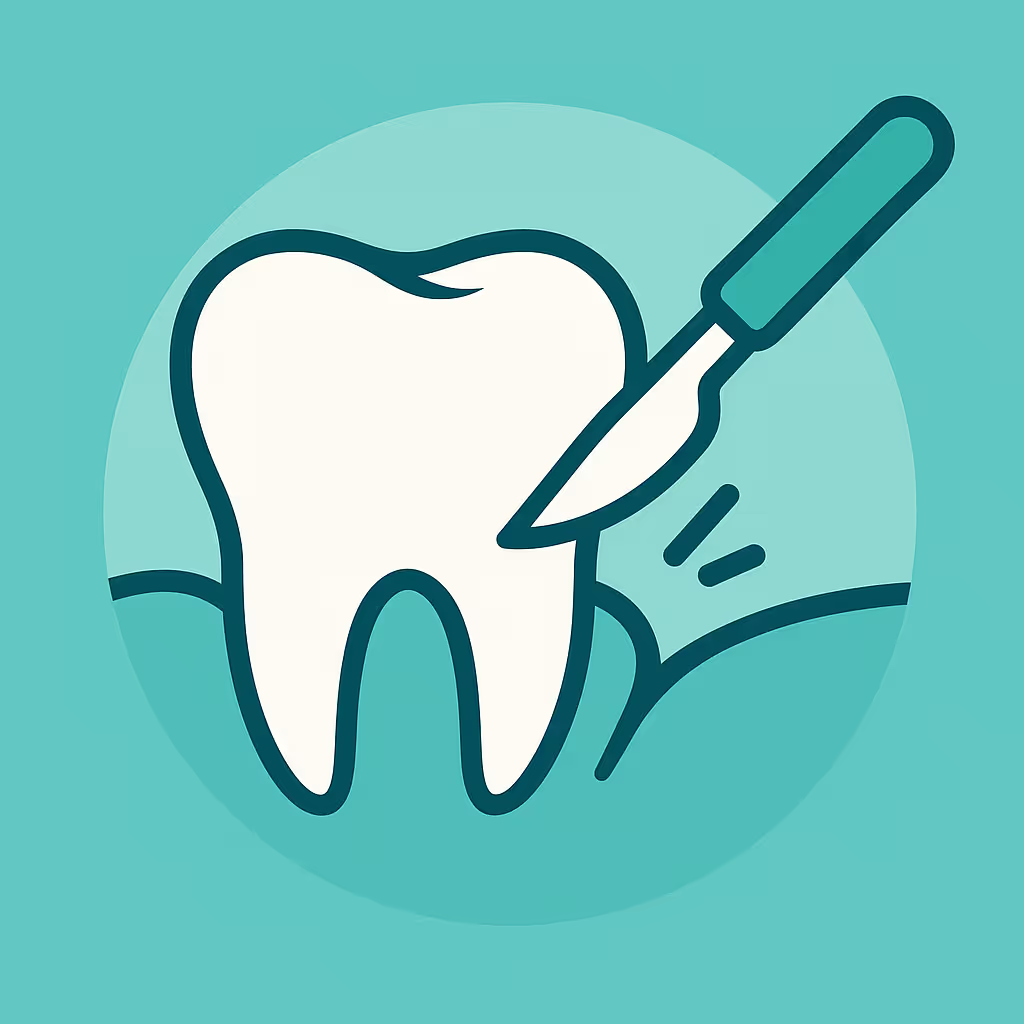Understanding Dental Code D7947
When to Use D7947 dental code
The D7947 dental code is used to report the surgical procedure known as Lefort I (maxilla), which involves the separation of the maxilla from the skull base and its repositioning. This CDT code is specifically designated for cases where significant maxillofacial reconstruction is required, such as correcting severe malocclusion, facial deformities, or traumatic injuries. Dental practices should use D7947 only when the procedure meets the clinical criteria for a Lefort I osteotomy, and not for minor maxillary adjustments or non-surgical orthodontic corrections.
Documentation and Clinical Scenarios
Accurate and thorough documentation is critical when billing for D7947. The patient’s clinical records should include:
- Detailed diagnosis and medical necessity for the Lefort I procedure
- Pre-operative radiographs, cephalometric analyses, and photographs
- Comprehensive treatment plan outlining the surgical steps
- Operative notes describing the separation and repositioning of the maxilla
- Post-operative follow-up and outcomes
Common clinical scenarios include patients with congenital craniofacial anomalies, severe maxillary hypoplasia, or traumatic injuries requiring major skeletal realignment. Ensure that all supporting documentation is readily available for insurance review and potential claim audits.
Insurance Billing Tips
Billing for D7947 can be complex due to the procedure’s medical and dental overlap. Here are actionable steps for successful claim submission:
- Verify insurance benefits: Confirm whether the patient’s dental or medical plan covers maxillofacial surgery. Obtain pre-authorization when required.
- Use correct CDT coding: Always use D7947 for Lefort I procedures. If additional procedures are performed, report them with their respective CDT codes, such as D7941 for other maxillary osteotomies.
- Attach supporting documentation: Include clinical notes, diagnostic images, and letters of medical necessity with the claim.
- Monitor EOBs and AR: Review Explanation of Benefits (EOBs) promptly and track Accounts Receivable (AR) to ensure timely reimbursement.
- Appeal denials: If the claim is denied, submit a detailed appeal with additional clinical justification and supporting documents.
Example Case for D7947
Case Study: A 22-year-old patient presents with severe maxillary hypoplasia resulting in functional and esthetic concerns. After comprehensive evaluation, the oral surgeon determines that a Lefort I osteotomy (D7947) is medically necessary. The dental office verifies the patient’s insurance coverage, secures pre-authorization, and submits a claim with all required documentation. The claim is initially denied due to lack of medical necessity, but the office promptly appeals with additional diagnostic evidence, resulting in successful reimbursement.
This example highlights the importance of thorough documentation, proactive insurance verification, and diligent follow-up in maximizing reimbursement for complex surgical procedures like D7947.





